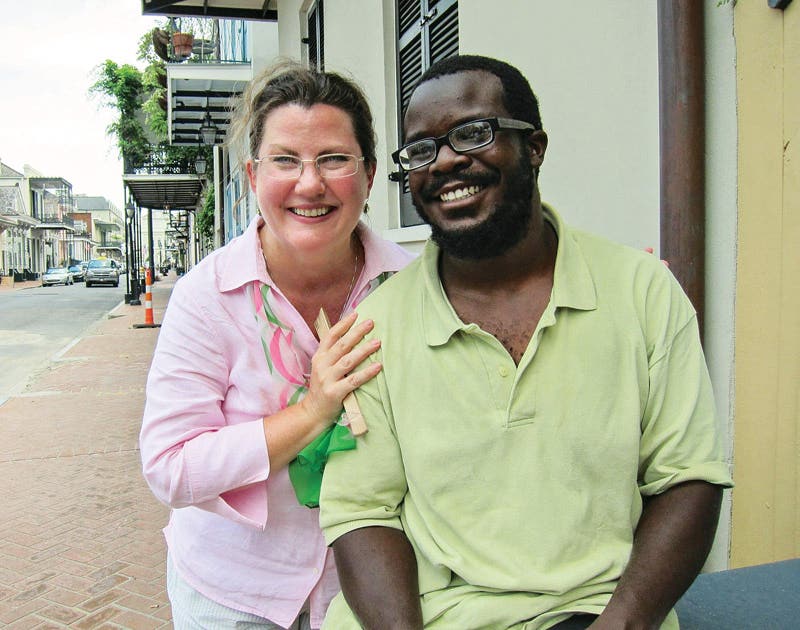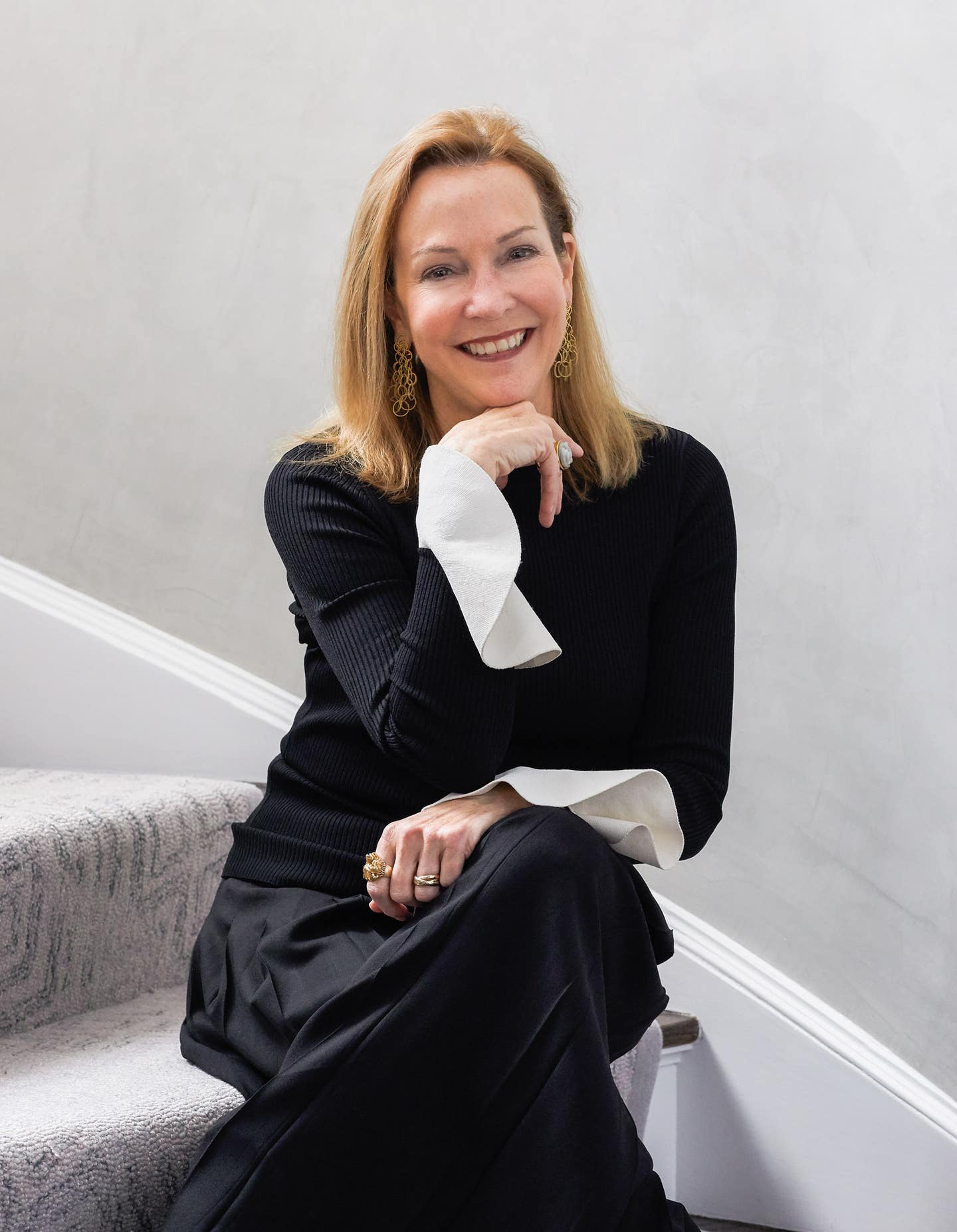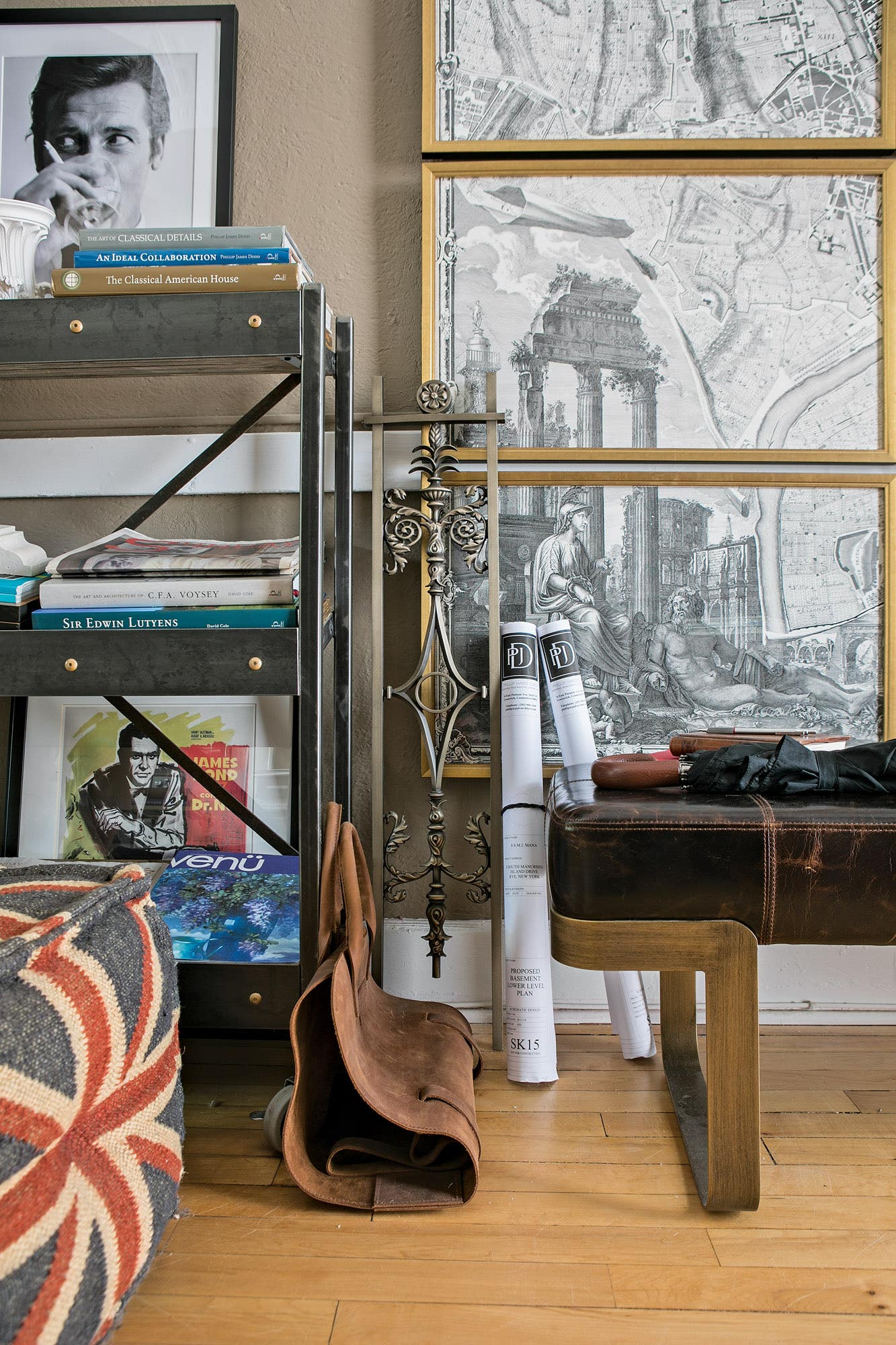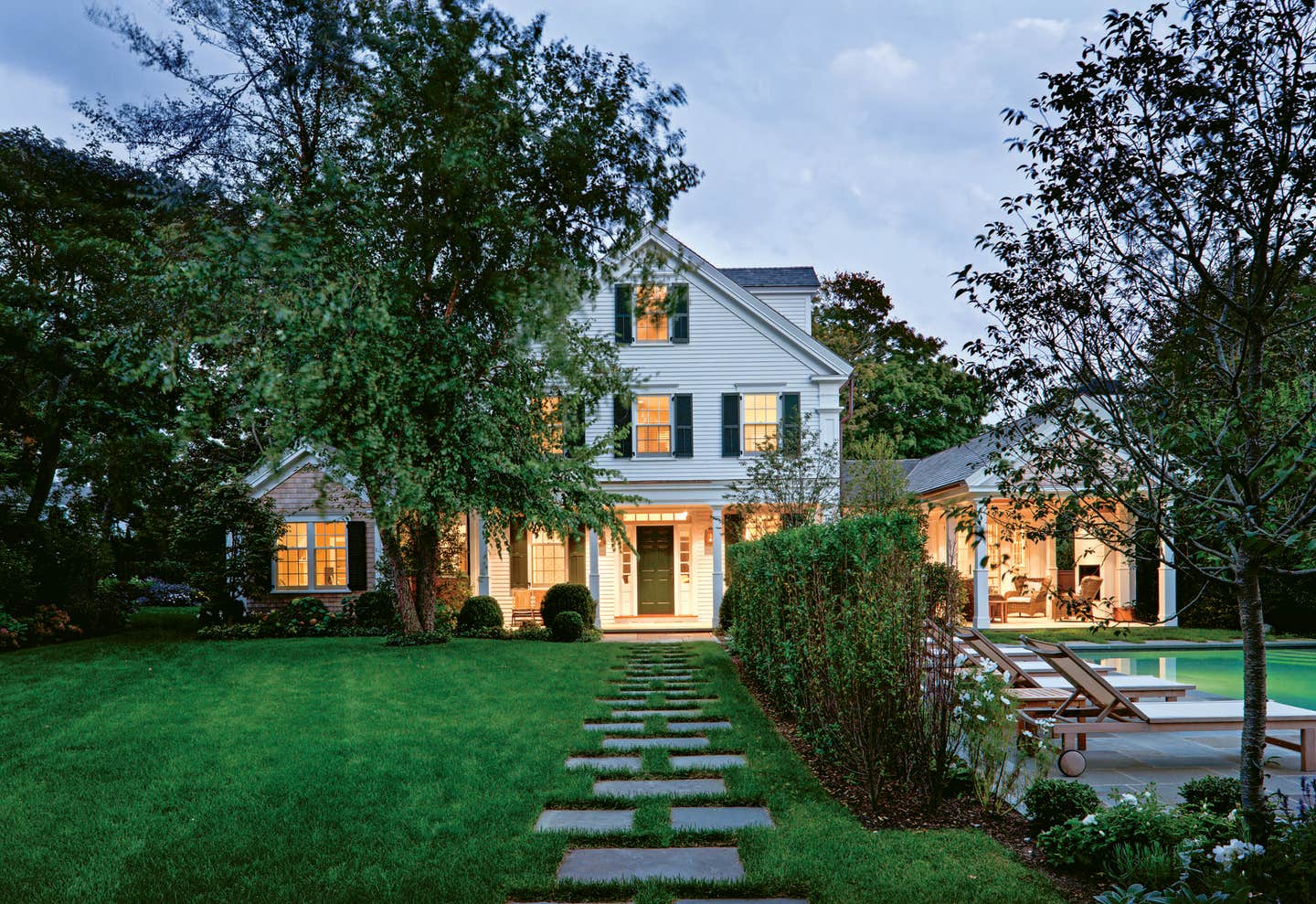
Profiles
Equal Access: Christine G.H. Franck
Christine G.H. Franck is a classically trained designer, yes, but it’s the contributions she makes to society as an educator that really define her career. And it is her unflagging commitment to equitably built environments that has earned her the 2016 Clem Labine Award.
In recapping her professional trajectory, Franck begins with her hometown of Williamsburg, Virginia, which she feels is as an example of a place that enables people to live well, being both beautiful and highly functional. Conversely, a stint in suburbia, “a sea of beige houses,” opened her eyes to the adverse effects of poor urban planning. While there, she learned that if a built environment—its architecture and transportation systems—is poorly designed, it can have a detrimental effect on the wellbeing of its inhabitants. “[Suburban living] had me feeling there was something very wrong with architecture and urban planning,” says Franck.
This “epiphany” occurred while Franck was studying architecture as an undergraduate student at the University of Virginia. She realized others in the field shared her view, and she set a course to join their mission. “That feeling that something was wrong, and I wanted to do something about it, was really the spark that fueled the rest of my career.”
Originally, Franck thought she would become an architect and develop a career around urban planning. Eventually she decided it was architectural education that really needed her attention.
It was while working with Allan Greenberg, “one of our great minds of architecture,” that she was asked to oversee a new summer school that the Prince of Wales was establishing in the United States. The program stressed basic principles of ethical design to young students. Franck administered the school for the first year before heading to Rome to teach at Notre Dame. She then administered another of the summer schools, causing her to be away from her practice for more than a year and deeply enmeshed in architectural education.
It was at that time that she happened upon an article in The New York Times titled “Architecture's Young Old Fogies.” It was about “these young hip architects who were making classical architecture.” Incensed that the article made the claim that they were mostly men, Franck wrote a letter to the editor to acknowledge the fact that women were part of the movement, too. The letter was published, and it serendipitously connected her to the budding Institute of Classical Architecture (ICA)—now the Institute of Classical Architecture and Art (ICAA).
Soon after, she was asked to serve as ICA’s first executive director. While there, she learned “what is needed to teach young architects, planners, urban designers, landscape architects, craftsman, and artists to help us all make better work.” Ultimately, she stepped back from the paid position and served the institute in a volunteer capacity, developing its academic, travel, summer, and continuing education programs. She was also tasked with establishing a membership base. “It was almost a full-time job.” (A pro-bono full-time job.) “One of the things I feel very proud of having contributed to the institute is the fact that we have chapters now. The more we did, the more we had demand to do things outside of New York.” So Franck took it upon herself to chair a committee to study chapter formation. “That was the juggernaut that moved the ICA and the whole classical movement into overdrive.”
In time, she was invited to the University of Colorado Denver to establish a new research facility, the Center for Advanced Research in Traditional Architecture (CARTA). She notes it is the first time in nearly 60 years that a state-funded institution has, of its own accord, made traditional architecture a part of its offerings. The center serves as a kind of think tank embedded in the College of Architecture & Planning. They support students and faculty who want to learn and teach the material. Of her work there, Franck says: “I want to help things move along. I want to help things be better.”
Toward that end, she thinks always in terms of the “humane built environment,” which, for her, is about equitability. Her mission is to convey to industry professionals the need to build places that are accessible to people of all means—where they can “easily live, work, shop, and commute.” As someone who regularly rides the bus, Franck sees many disadvantaged passengers. “Increasingly, I think one of the things we should be doing as architects, designers, and planners is striving to create the physical environment in a way that allows as many people as possible to live a life that is well-functioning . . .” Franck has learned from first-hand experience that if a physical environment isn’t even walkable, one’s quality of life immediately takes a downward turn. “We don’t seem to think about the human impact of what we design often enough.”
Franck’s work is “not about style . . . it’s really about [making] the human being and the human experience the measure of things—not the car, not tax dollars, but the human being.” She hopes practitioners of modern classical architecture will look to the validity and utility of other building traditions, which became traditions because they worked. “Those traditions are lessons in how to build well.”
Regarding her award, Franck shares just how honored she is “to receive an award in Clem’s name.” Having worked so closely during ICA’s humble beginnings, and to have made such strides, it seems fitting that the 2016 Clem Labine Award be granted from one to the other.








